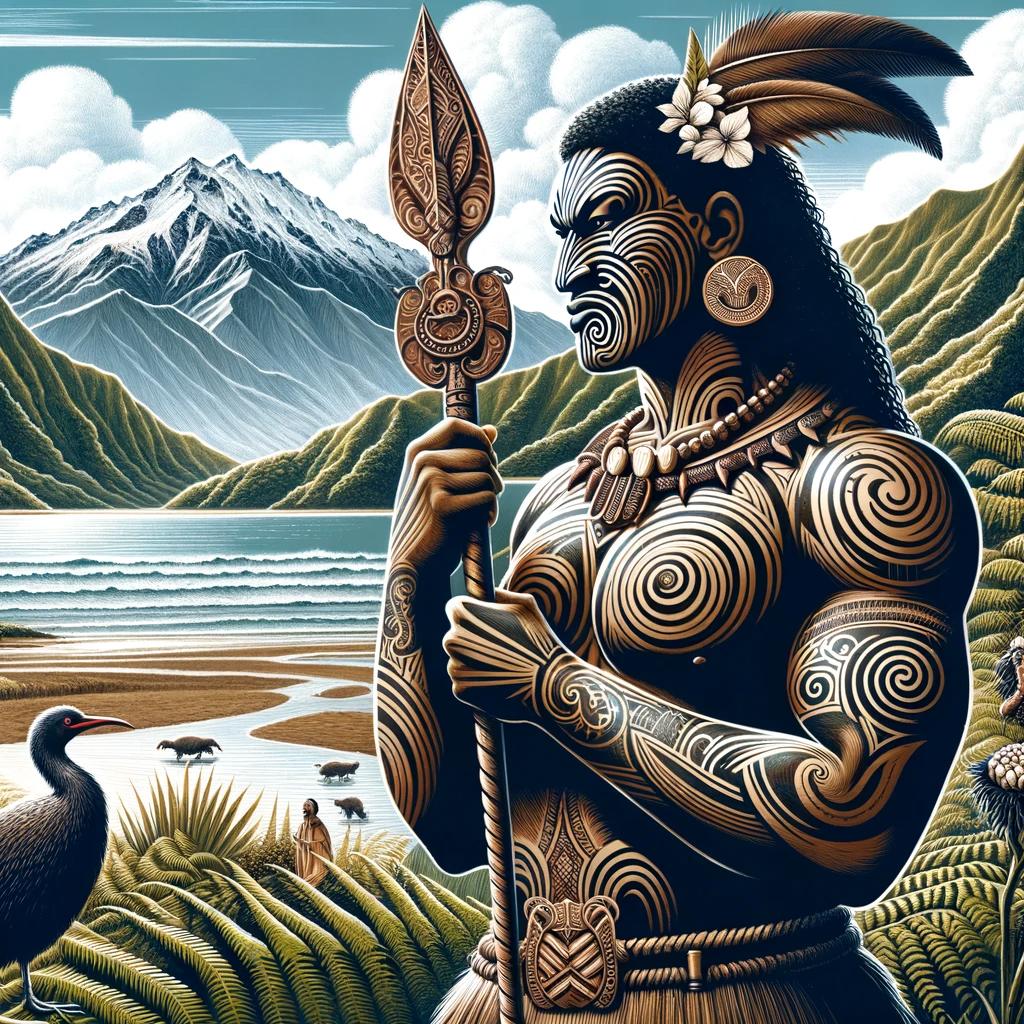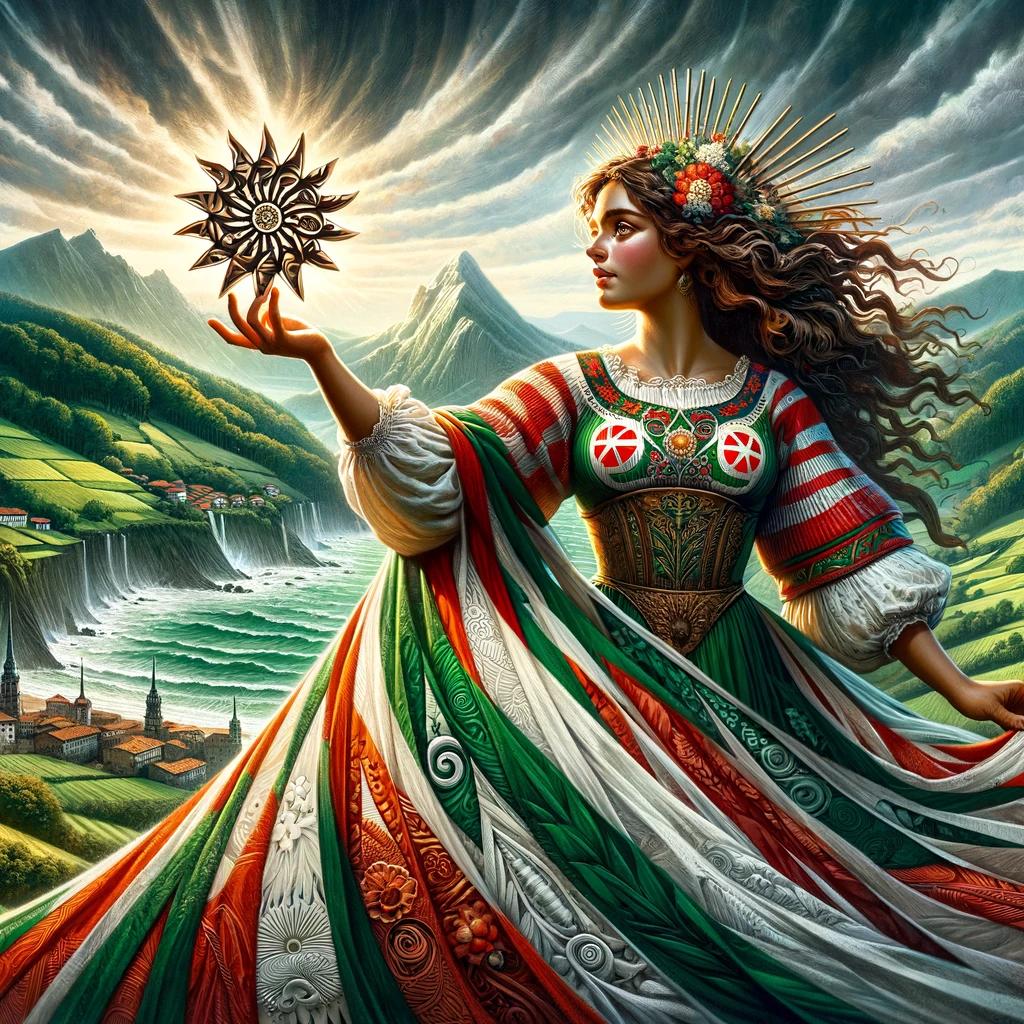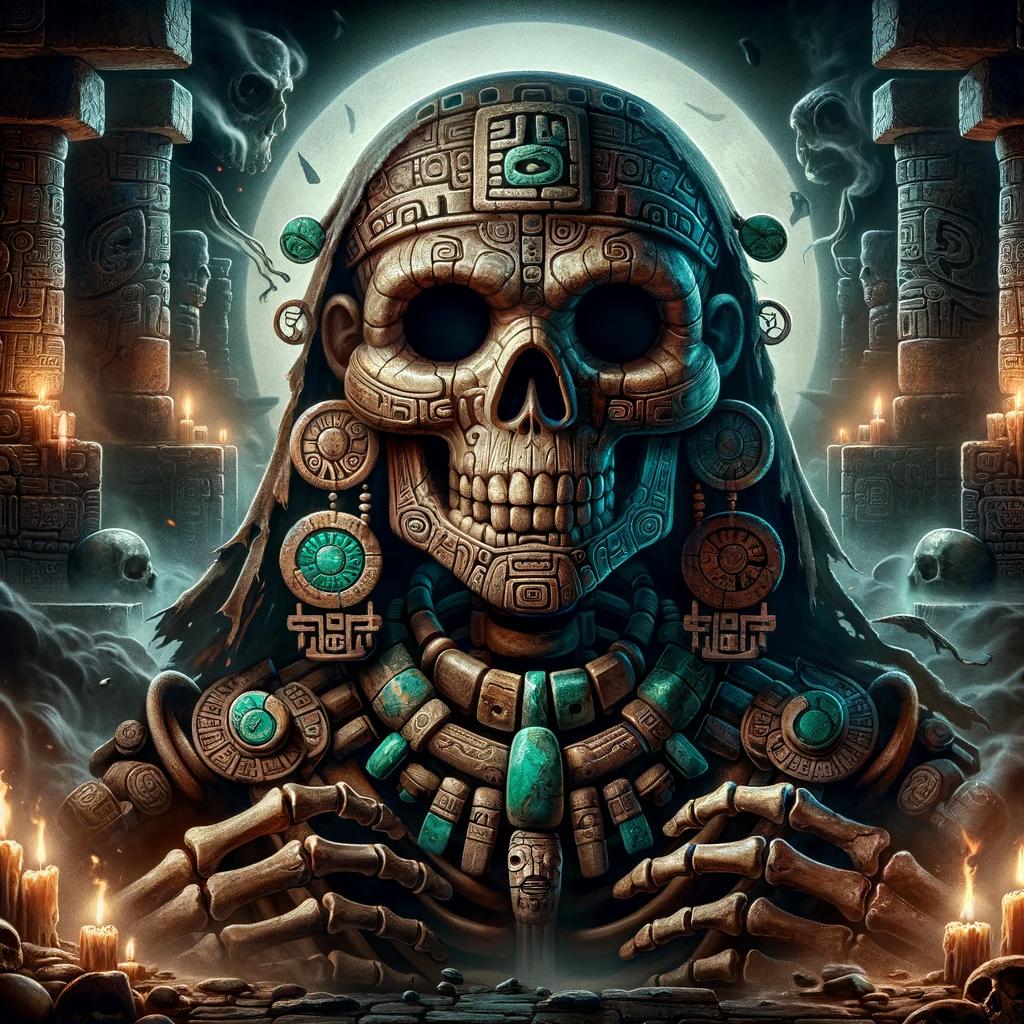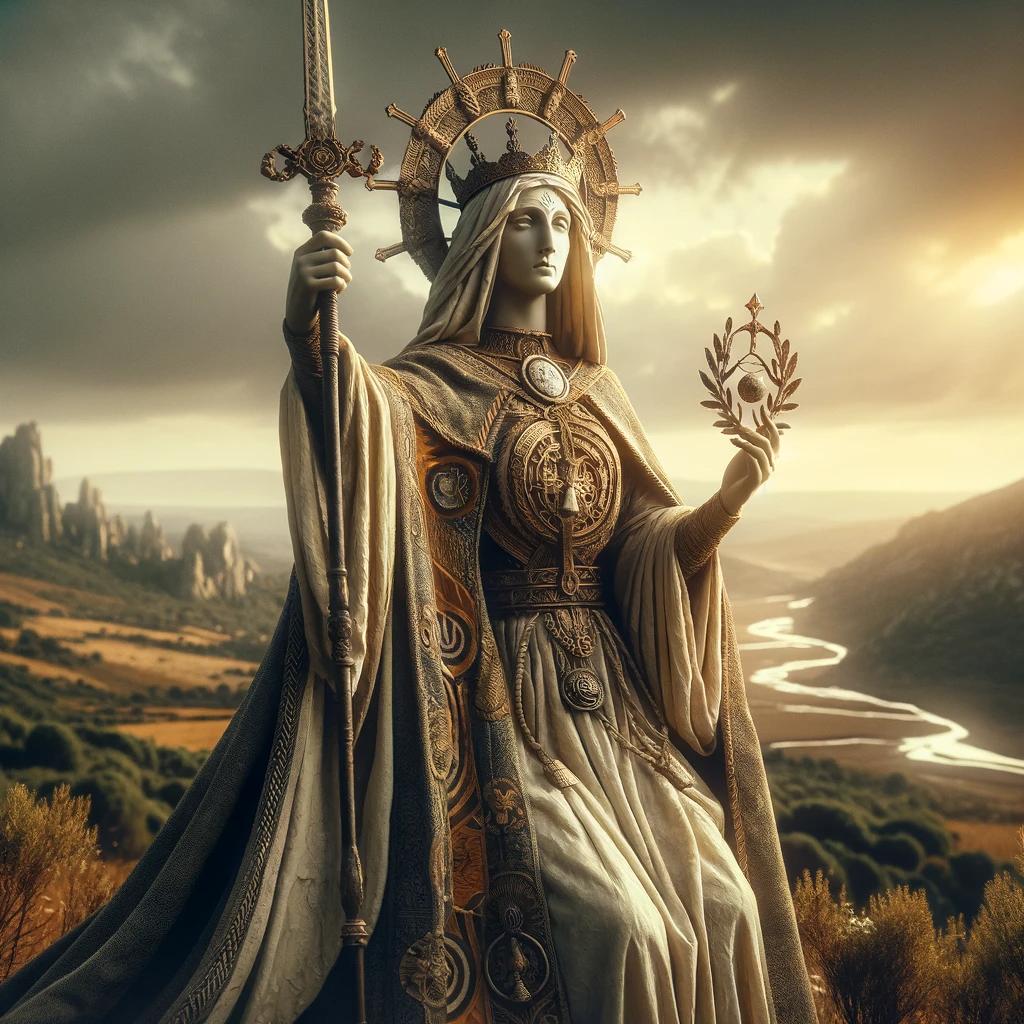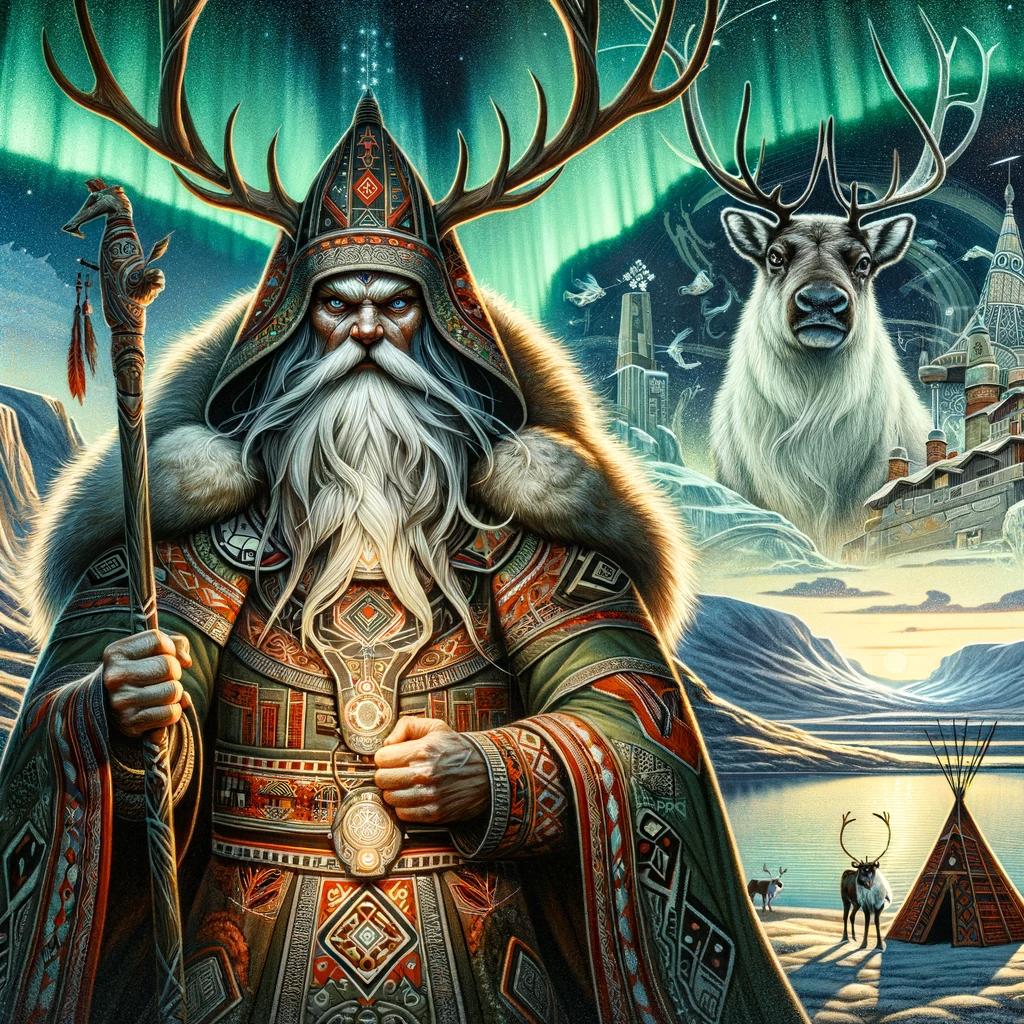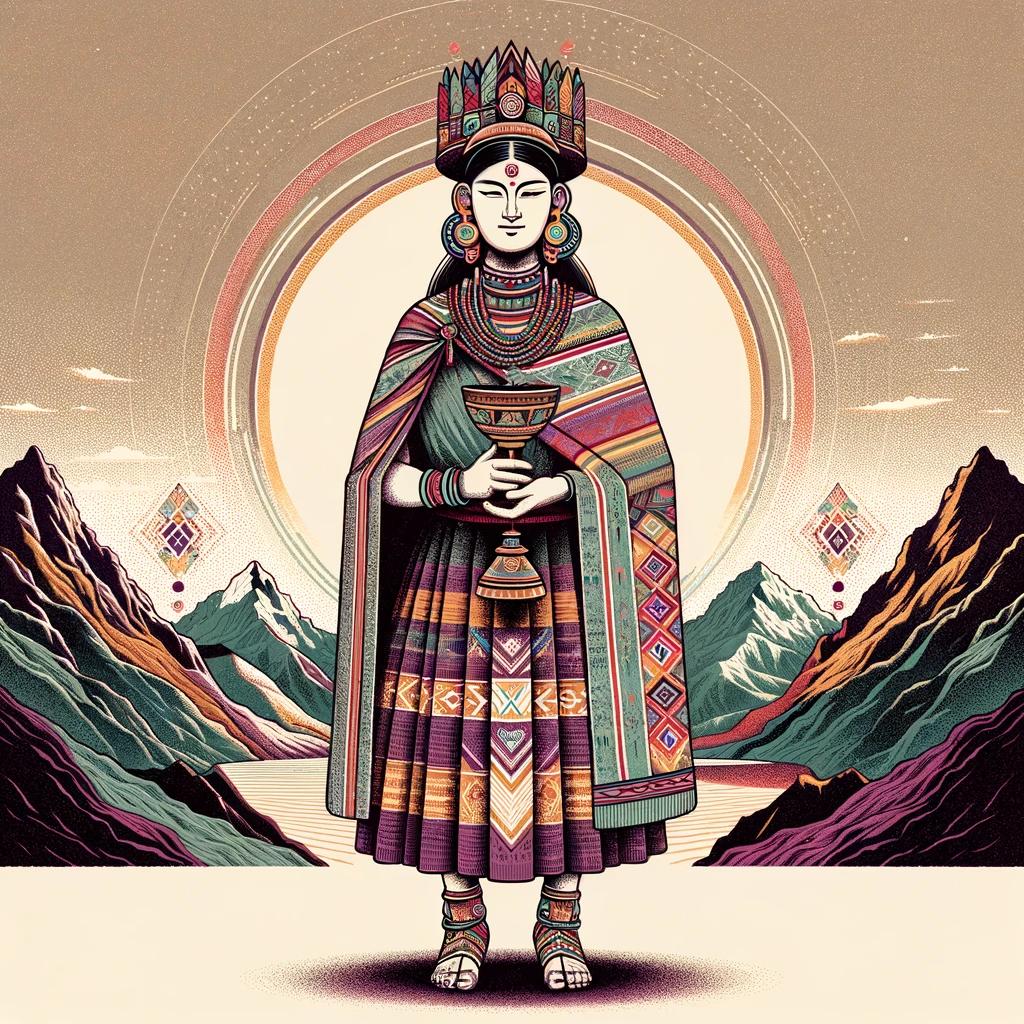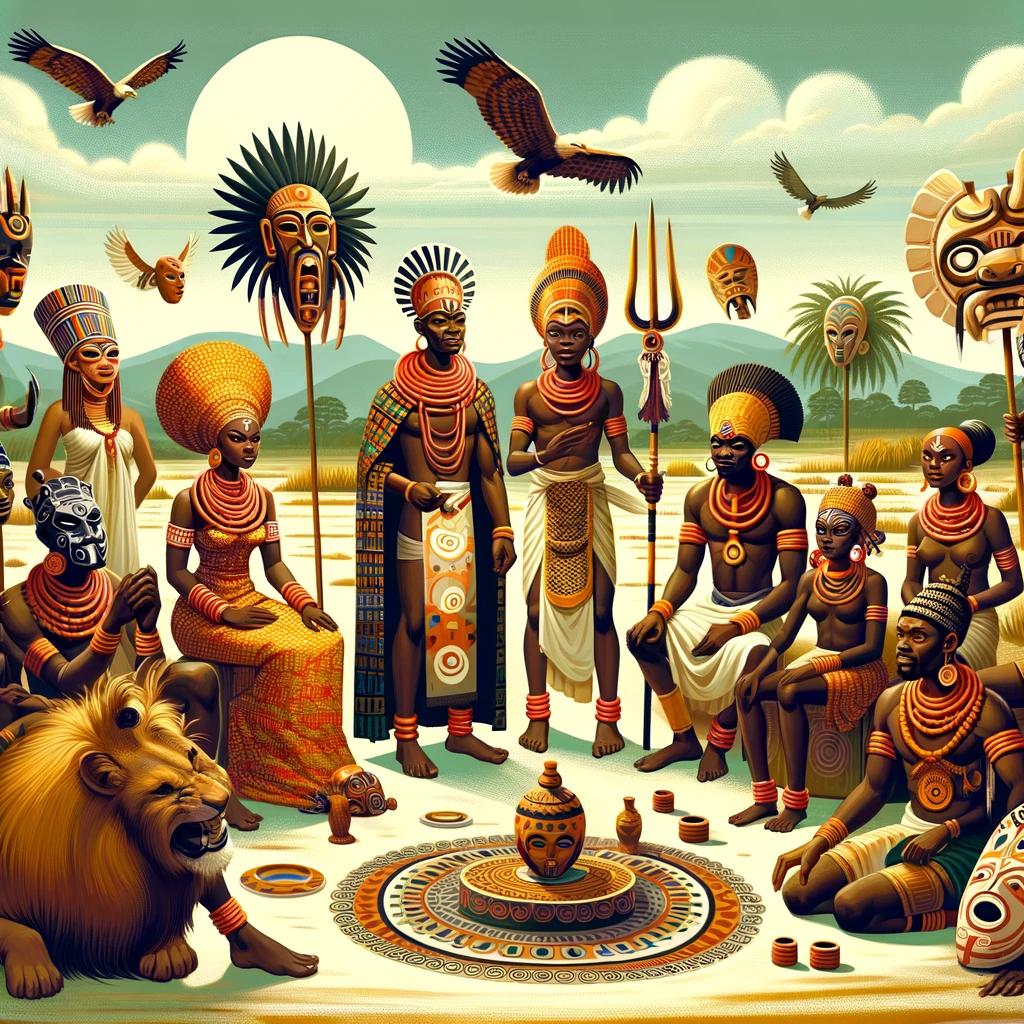Maori Mythology Gods and Goddesses: A Fascinating Exploration of Ancient Deities in New Zealand
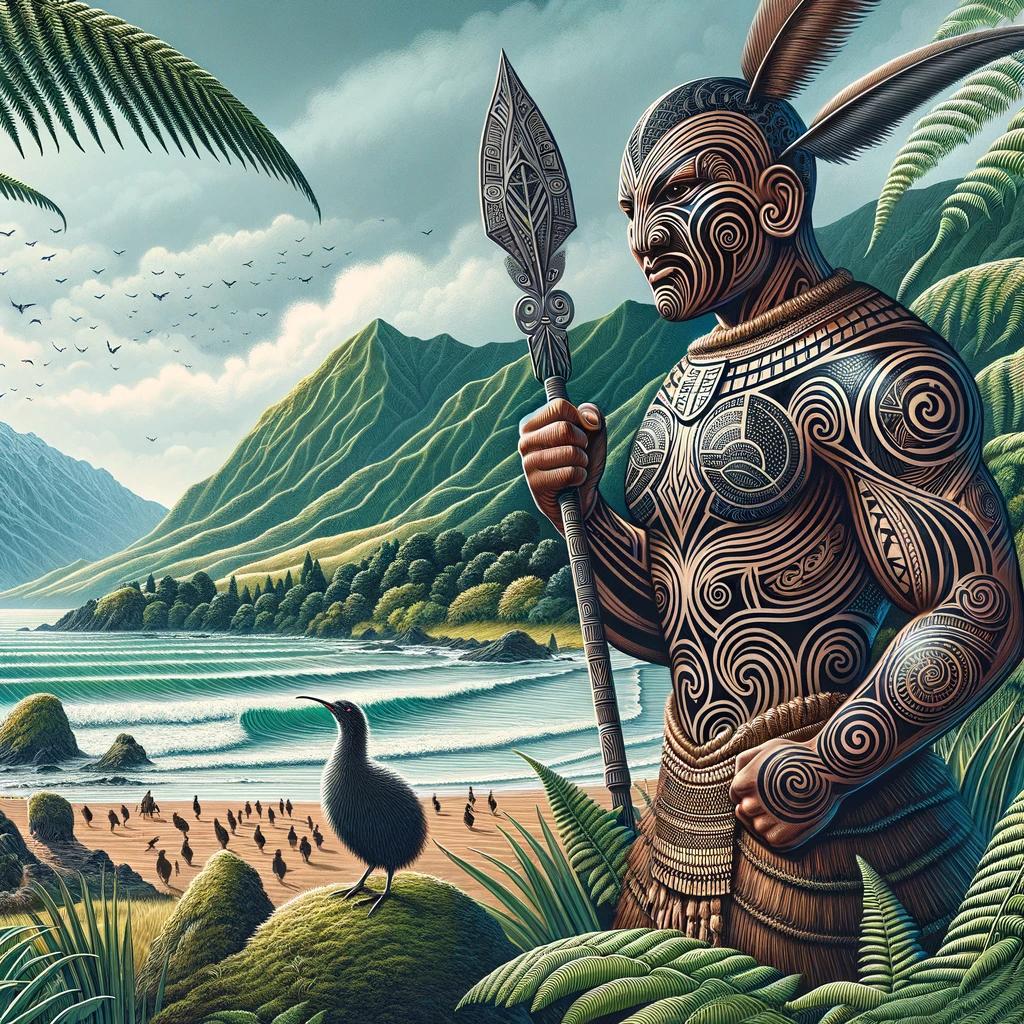
Maori mythology is rich with a diverse pantheon of gods and goddesses known as ‘atua.’ They can be categorized into departmental deities and female deities. Ranginui and Papatūānuku are the primordial divine parents, while Tangaroa reigns as the god of the ocean.
Tāne Mahuta presides over forests and birds, while Tūmatauenga governs war and agriculture. Tāwhirimātea commands storms, Rongo and Haumiatiketike oversee cultivated and uncultivated foods, and Whiro embodies darkness and evil.
Aituā represents death, fortune, and misfortune. This article explores Maori mythology gods and goddesses, their mythological stories, cultural influence, and their significance in contemporary Maori society.
The Maori pantheon of gods and goddesses holds a profound place in the mythology of New Zealand.
This article delves into their roles, their epic tales, and their enduring influence on Maori culture, art, language, and revitalization efforts.
Māori Gods and Goddesses
The Māori culture is rich in mythology, with a diverse pantheon of gods and goddesses that play significant roles in their cosmology and traditional beliefs. These deities are revered for their unique attributes and domains, shaping various aspects of Māori life and the natural world.
In this section, we explore some of the prominent Māori gods and goddesses and delve into their fascinating mythological roles.
Ranginui and Papatūānuku: The Primordial Divine Parents
Ranginui is the father primordial who personifies the vast expanse of the sky, while Papatūānuku is the mother primordial, symbolizing the earth. They embrace each other in an eternal embrace, the union of their bodies bringing forth all creation.
Their separation created space for life to flourish, marking the beginning of the Māori cosmos.
Tangaroa: The God of the Ocean and Marine Life
Tangaroa is a prominent deity associated with the mighty ocean and all the creatures that dwell within it. From the smallest fish to the majestic whales, Tangaroa has dominion over all marine life.
He plays a significant role in Māori myths, symbolizing the power and awe-inspiring nature of the sea.
Tāne Mahuta: The God of Forests and Birds
Tāne Mahuta is revered as the deity of forests, representing the abundant flora and fauna that thrive within these sacred realms. He is often associated with birds, who are considered his messengers and companions.
Tāne Mahuta plays a crucial role in the Māori creation story and is honored for his connection to the natural world.
Tūmatauenga: The God of War and Agriculture
Tūmatauenga embodies both the fierce warrior spirit and the nurturing aspects of agriculture. He represents strength, courage, and strategic prowess in battle. Additionally, Tūmatauenga oversees the domains of farming and agriculture, promoting sustenance and prosperity within Māori communities.
Tāwhirimātea: The God of Storms and Weather
Tāwhirimātea is the deity associated with storms, winds, and weather. Māori mythology recognizes his power to shape the elements and unleash devastating tempests. Tāwhirimātea’s volatile nature serves as a reminder of the forces of nature and the need for balance and respect in the face of their might.
Rongo and Haumiatiketike: Gods of Cultivated and Uncultivated Foods
Rongo is the god of cultivated foods, particularly sweet potatoes and other crops grown by Māori communities. Haumiatiketike, on the other hand, presides over uncultivated foods, with a focus on the bracken fern.
These deities represent the bountiful provisions of the land and the importance of sustenance in Māori culture.
Whiro: The God of Darkness and Evil
Whiro embodies darkness and evil in Māori mythology. He is associated with malevolence, misfortune, and all things wicked. Whiro serves as a reminder of the duality within the Māori cosmology, highlighting the balance between light and darkness in the world.
Aituā: The God of Death, Fortune, and Misfortune
Aituā is the deity responsible for the occurrences of death, fortune, and misfortune in the lives of individuals. It is believed that Aituā influences one’s destiny and plays a significant role in shaping the course of their life.
The Māori people hold reverence for Aituā and seek to understand and navigate the complexities of life in their presence.
Mythological Stories and Legends
In Maori mythology, there are fascinating stories and legends that have been passed down through generations. These tales provide insights into the origins and adventures of the gods and goddesses revered by the Maori people in New Zealand.
Let’s explore some of these captivating narratives:
Creation Story: The Separation of Ranginui and Papatūānuku
One of the most significant stories in Maori mythology is the Creation Story, which explains how Ranginui, the sky father, and Papatūānuku, the earth mother, were separated. It is believed that they were initially embraced in a tight and eternal embrace, leaving no space for their descendants to exist.
Their offspring, the gods and goddesses, eventually devised a plan to separate them, allowing light and life to thrive on earth.
The Heroic Adventures of Maui
The legend of Maui is filled with his heroic deeds and remarkable escapades. Maui, a demigod, possessed immense strength and cunningness. He was known for his mischievous nature and his adventurous spirit.
Maui is said to have slowed down the sun, fished up islands from the ocean, and even sought immortality. His endeavors symbolize the Maori values of bravery, resourcefulness, and ambition.
The Whakapapa (Genealogy) of Gods and Goddesses
The Maori people hold a deep understanding of their genealogy, known as whakapapa. It traces the ancestry and lineage of the gods and goddesses, establishing their relationships and connections. The whakapapa not only provides a sense of identity and heritage but also reinforces the significance of the gods and their roles in Maori mythology.
It reflects the interconnectedness and the sacredness of the Maori spiritual beliefs.
Influence of Maori Mythology in Culture and Art
Maori mythology has left a profound impact on the rich cultural heritage of New Zealand. One of the significant areas where its influence can be observed is in traditional art and carving.
Maori Mythology in Traditional Art and Carving
Traditional Maori art and carving often depict the gods and goddesses from their mythology. Intricate wood carvings, known as whakairo, adorn wharenui (meeting houses), waka (canoes), and other traditional objects. These carvings skillfully represent the deities, illustrating their stories and symbolizing their significance in Maori culture.
The art of tā moko, or traditional Maori tattooing, also showcases mythological elements. The intricate designs incorporate symbols that represent different gods and goddesses, often chosen for their spiritual and cultural significance to the individual.
Maori Mythological Symbols and Motifs in Contemporary Art
The influence of Maori mythology can also be seen in contemporary art forms. Many contemporary Maori artists draw inspiration from the rich mythological narratives to create innovative and thought-provoking artworks.
Maori mythological symbols and motifs, such as the koru (spiral), manaia (mythical creature), and taniwha (guardian creature), find their way into various art mediums, including paintings, sculptures, and jewelry.
These symbols add layers of meaning and cultural connection to the artwork, bridging the gap between ancient traditions and modern expression.
Furthermore, Maori artists often use their creativity to explore and reinterpret mythological stories, shedding new light on their cultural significance and fostering a deeper understanding and appreciation of Maori mythology in contemporary society.
- Traditional art forms like wood carving and tā moko showcase Maori mythology through intricate designs and symbols.
- Contemporary Maori artists draw inspiration from mythological narratives, incorporating symbols and motifs into their artworks.
- Maori art acts as a bridge between ancient traditions and modern expression, fostering cultural connection and appreciation.
Maori Mythology in Modern Times
In the contemporary era, Maori mythology continues to hold significant relevance in New Zealand culture.
The revival and preservation of Maori mythology play a crucial role in connecting the Maori people with their rich ancestral heritage.
Revival and Preservation of Maori Mythology in New Zealand
Efforts to revive and preserve Maori mythology have gained momentum in recent decades.
Various organizations, tribal communities, and cultural institutions actively work towards revitalizing and safeguarding traditional Maori stories and beliefs.
Through initiatives like language revitalization programs, storytelling events, and the establishment of cultural centers, the Maori people are reclaiming their mythology, ensuring its transmission to future generations.
This revival serves as a source of cultural pride and identity for the Maori community.
Influence on Maori Language and Cultural Revitalization
Maori mythology plays a significant role in the revival of the Maori language, Te Reo Maori. Many traditional Maori stories and legends are intricately woven with the language, incorporating unique vocabulary, metaphors, and expressions.
The importance of Maori mythology in cultural revitalization extends beyond language. It serves as a source of inspiration for contemporary Maori art, music, dance, and even fashion. Artists draw upon the rich symbolism and narratives of Maori mythology to create meaningful and culturally significant works that express their identity and connection to their ancestral traditions.
Furthermore, the influence of Maori mythology is evident in various aspects of everyday life, including ceremonies, rituals, and traditional practices. It shapes the way the Maori people view themselves, their relationship with the land, and their place in the world.
.

